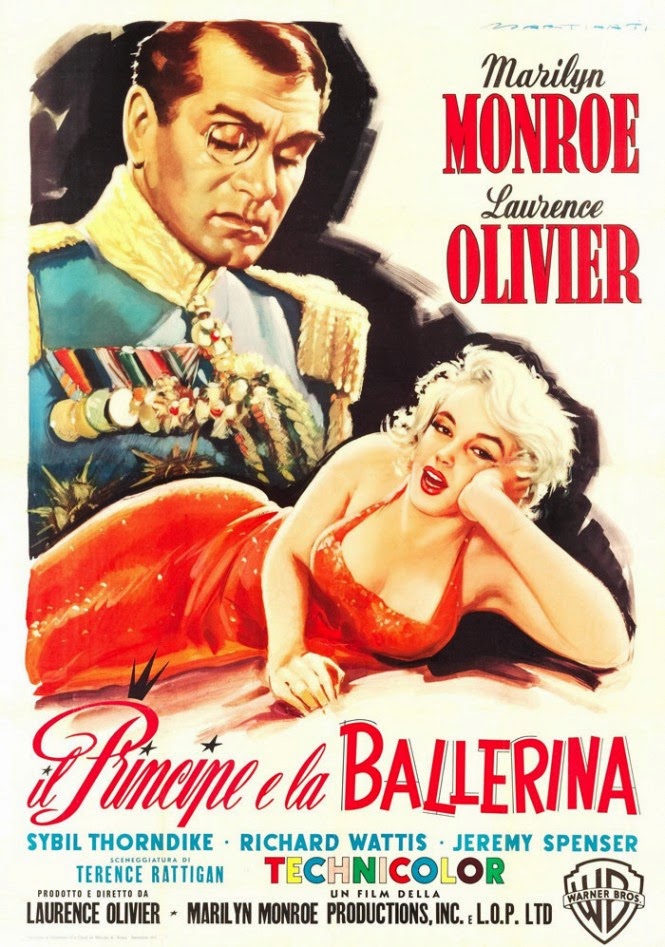This adaptation of Henry James’ lyrically spooky THE ASPERN PAPERS gets tantalizingly close to success, earning an ‘A’ for effort if something less on execution. The story sends New York publisher Robert Cummings to Venice where he rents rooms in a grandly shabby palazzo owned by the surviving aged mistress (Agnes Moorehead) of a great romantic poet. (Think Shelley.) Hoping to find a packet of their love letters for publication, Cummings is both stymied & fascinated by caretaker niece Susan Hayward who seems possessed by the history of the house & by her ancient aunt. Character actor Martin Gabel, one of Orson Welles’ original Mercury Players, and a regular producer/director on B’way, helmed his one & only film here. And, with much help from Hal Mohr’s inspired lensing & a phenomenal backlot Venice via art director Alexander Golitzen, the film is, shot-by-shot, a gem. But the wonderful shots don’t quite add up and the script gets stuck on a few narrative bumps. Yet, the main problem may be two over-parted stars. Cummings’ range won’t encompass his character’s loss of stability once the situation swings out of control; and Hayward never makes the leap past neurotic to poetic. You only have to imagine, say, Leslie Howard & Vivien Leigh in the roles to see what’s missing.
DOUBLE-BILL: David O. Selznick came up even shorter trying for something similar the following year with Jennifer Jones & Joseph Cotten in PORTRAIT OF JENNIE/’48.






























